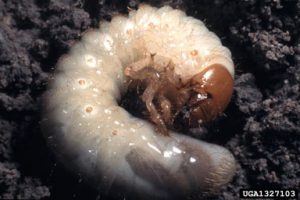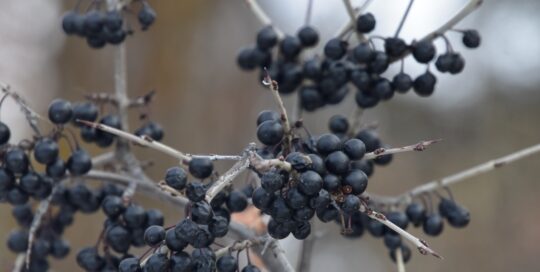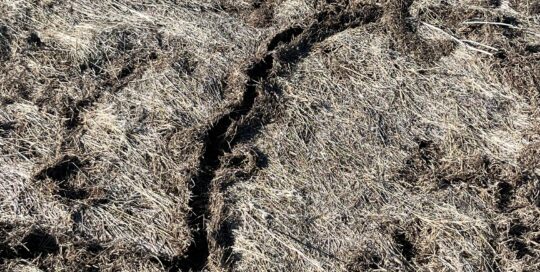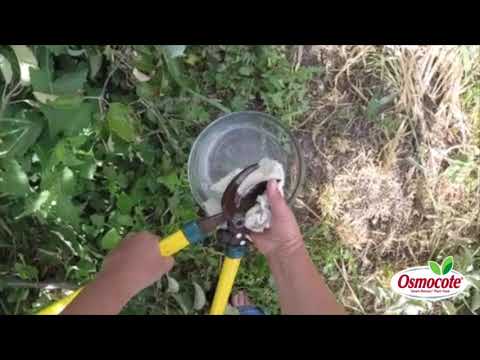3 Fall Chores to Reduce Pests This Spring
Views: 8679

Fall is the time to tackle pests if you want to reduce their numbers in the spring.
I’m pretty much done in the garden already. Between the weeds and the dry conditions, I’m cleaning up and preparing for next year. I’ll be sure to toss any vegetation that had issues with pests, so it looks like the chickens are going to eat a lot of broccoli and kale leaves this fall.
A little work now saves a whole lot more next spring. Here are three basic chores you can add to your own list.
Remove garden debris (aka playground for pests)
One of your first tasks should be is removing any garden debris, such as old tomato plants or melon vines, that can harbor pests. It’s tempting to just leave them until the spring, but you’re giving those insects a place to stay. And they will be back.
Add organic matter to your soil
Eliminating pest havens includes adding organic matter to the garden. Having a layer of debris in the garden is beneficial in many ways, but it can also provide the perfect habitat for a number of pests to hunker down and spend the winter.
A number of caterpillar species, such as our favorite cabbage moth, centipedes, cucumber beetles, squash bugs, and many more, think a layer of leaves or straw is their personal blanket. If you have issues with these pests, one of the better things you can do is till the organic materials into the top layer of the soil. It’ll help break down the organic matter you add to the soil while eliminating some of the hiding places for pests.
Too much mulch also gives rodents and pests a place to hang out, especially if it’s near shrubs or trees. Pull back the layer of mulch a foot from the trunks of trees, or the center of the shrubs. Or you might also want to put a fence around the bushes.
De-grub your lawn
Taking care of the lawn is equally important at this time of the season. Grubs, such as those from the June beetle, spend their larval stage in the lawn. You can use carbaryl on them, if you have a challenging situation. That will undoubtedly do the trick.
If you’re going for a more organic option, one nifty solution is using spiked sandals—the kind a lot of folks use to attempt to aerate their lawn—to spear grubs. Experts recommend watering the lawn first, because it brings the grubs closer to the surface (since they’ll be down as far as 4-8 inches when the cold weather hits), then walk around with the spikes.
You also can add nematodes to the soil, which do a tremendous job of reducing grub populations, whether they’re from June beetles or Japanese beetles. The whole nematode situation is pretty grisly. The nematodes enter the grub from the mouth or anus, then eat the larva from the inside out. Gross. But they’re effective.
Although we don’t have to deal with many grubs in the lawn (‘cause they’re all dried up!), I’m going to share information on nematodes with some of my family members back east who constantly battle them.
The photo of the scarab beetle larva (June beetle) is courtesy of Alton N. Sparks, Jr. at the University of Georgia via Bugwood.org.
Meet Amy Grisak
Amy is a freelance author and photographer in Great Falls, MT who specializes in gardening, foods, and sustainable agriculture. She provides information on every kind…
Amy's Recent Posts

Avoid These Bad Berries in Your Yard and Garden








